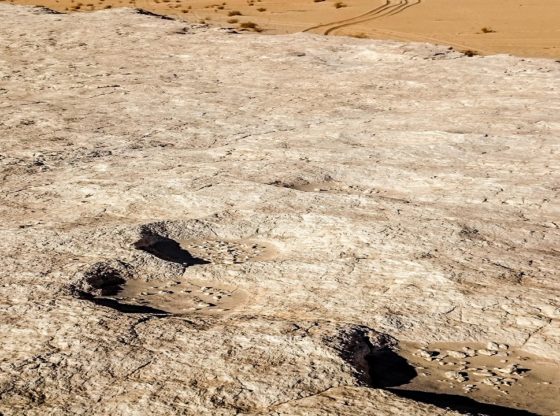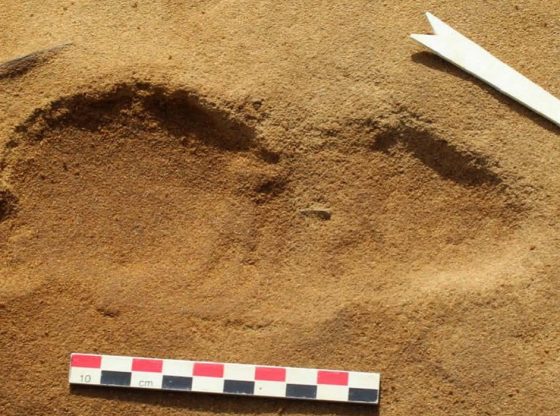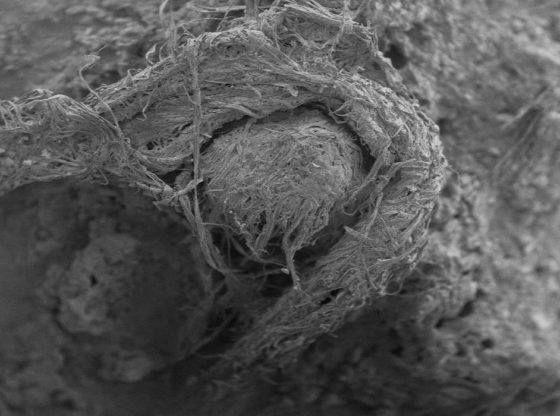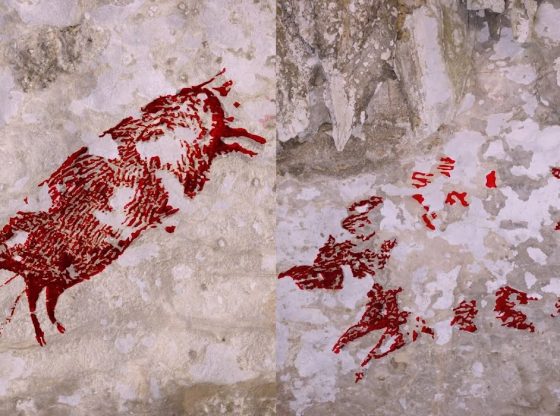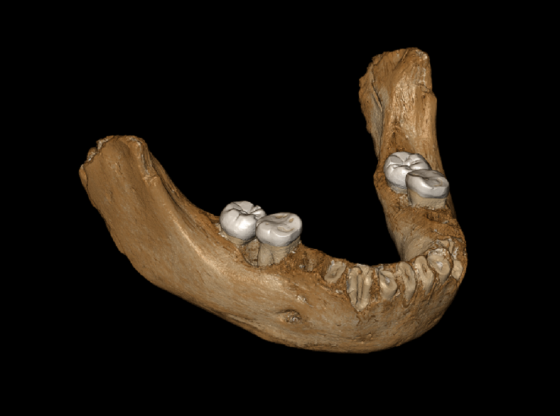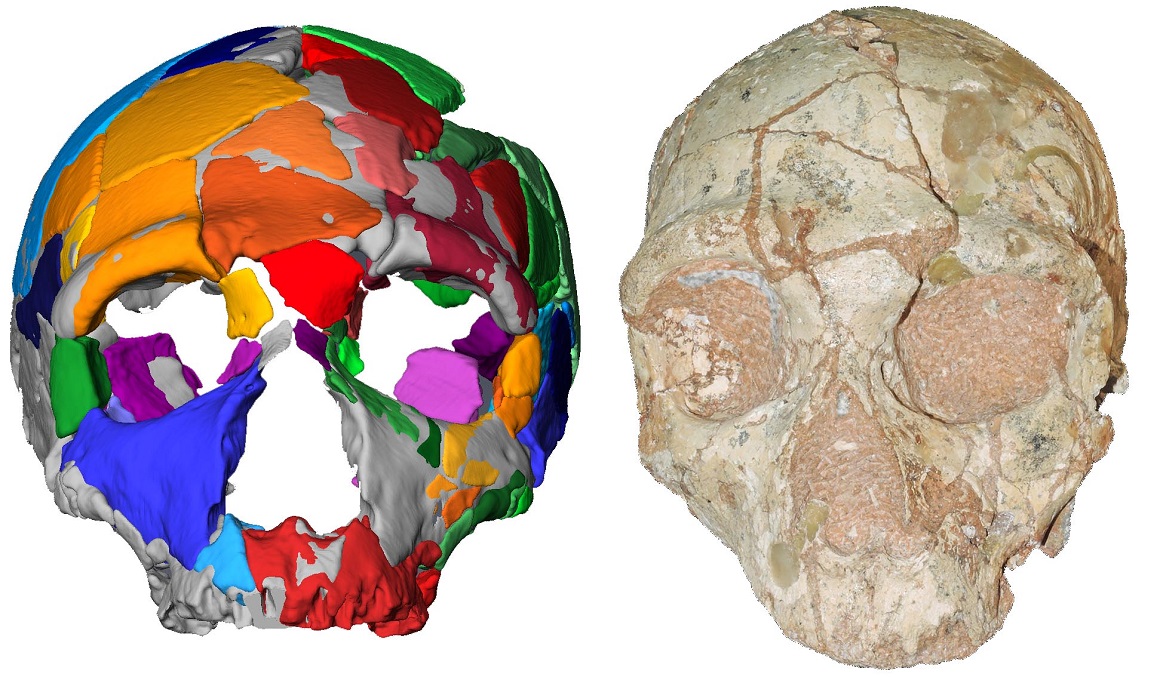
Researchers say the fossilized skull, found in the late 1970s in a cave in southeast Greece and stored since then in a museum, belonged to an individual with anatomically modern features who lived about 210,000 years ago.
Early human fossils are so rare that new discovery may rewrite the textbooks. So did the chance find two years ago in Morocco (a fossil from the site of Jebel Irhoud) that pushed the origin of Homo sapiens back by at least 315,000 years ago from a previous minimum of 260,000 years based on previous remains found in South Africa.
The Moroccan fossil also indicated that homo sapiens were much more widespread much earlier, and not only limited in dispersion to the south of the Sahara. Now, a team of paleontologists reports in Nature an extension of even grander dispersion of known geographical range of early Homo sapiens from the African continent to also include Europe.
Katerina Harvati of the University of Tübingen, in Germany, and her colleagues found the relevant skull fragment not in the ground, but in a museum in Athens. The skull fragments were one of a pair of specimens (two individuals named Apidima 1 and 2) dug up in the 1970s from Apidima, a cave in southern Greece.
Both specimens were recognized as being human fossils of some sort, but had not been dated or properly analyzed. Dr. Harvati and her team have now done so, using techniques and technology unavailable to the original finders.
Harvati and colleagues used computed tomography to scan the fossils, and generated a 3D virtual reconstruction of each specimen. They analyzed each fossil to assess aspects of its shape, and thus to determine the fossils’ similarity to those of other species.
One of them (Apidima 2) was proved to be 170,000 years old and was a Neanderthal. The skull of the other individual named Apidima 1 pre-dated Apidima 2 by as much as 40,000 years and was determined to be that of a Homo sapiens. Apidima 1 lacked classic features associated with Neanderthal skulls, including the distinctive bulge at the back of the head, shaped like hair tied in a bun.
If true, the finding would be the earliest example of Homo sapiens ever discovered outside the African continent. The date also precedes the age of any Homo sapiens fossil previously found in Europe by a whopping 160,000 years.
“It shows that the early dispersal of Homo sapiens out of Africa not only occurred earlier, before 200,000 years ago but also reached further geographically, all the way to Europe,”
“This is something that we did not suspect before, and which has implications for the population movements of these ancient groups.”
– Katerina Harvati, a palaeoanthropologist at the Eberhard Karls University of Tuebingen, Germany, told AFP.
We know that Homo sapiens replaced Neanderthals across Europe for good around 45,000-35,000 years ago, in what was long considered a gradual takeover of the continent, but the skull discovery in Greece suggests that Homo sapiens undertook the migration from Africa to southern Europe much more early and in more than one wave of migrating humans.
The discovery is a shocking twist of new science and is somewhat controversial within the scientific community. But such an early presence of early modern humans in Europe is not implausible. Last year a different team of researchers reported the discovery in a cave in Israel of what they say is a Homo sapiens jawbone and teeth from an individual that lived roughly 177,000 to 194,000 years ago.
The authors write, Apidima 1 is “the earliest known presence of Homo sapiens in Eurasia, which indicates that early modern humans dispersed out of Africa starting much earlier, and reaching much further, than previously thought.”
However, an extraordinary claim like this comes with inherent challenges, since it is essentially a single data point: one partial skull, damaged and distorted, with a “lack of archaeological context,”. There is nothing else found with the specimen: No stone tools, no burial signs, nothing to suggest modern human behavior. The claim would obviously benefit from a second Homo sapiens fossil of similar age somewhere in that part of the world.
Nevertheless, the finding does point in the same general direction as many other findings in recent years, showing us the finer details of human prehistory, including the fate of groups that dispersed but apparently died out, human prehistory has gotten more complicated with each new discovery. The old narrative of human prehistory has grown ever more difficult to sustain because of a range of new fossil discoveries, improvements in their dating and genetic evidence.
We now know that there was not a single linear evolution of humans – which was the presumption among paleoanthropologists just half a century ago – but rather many hominid species that coexisted for millions of years before a single species replaced everyone else.
The new data from Apidima further extends this complex picture of modern human dispersal and interaction with other hominin species.
Reference:
Katerina Harvati, Carolin Röding, Abel M. Bosman et al. Apidima Cave fossils provide earliest evidence of Homo sapiens in Eurasia DOI: https://doi.org/10.1038/s41586-019-1376-z



